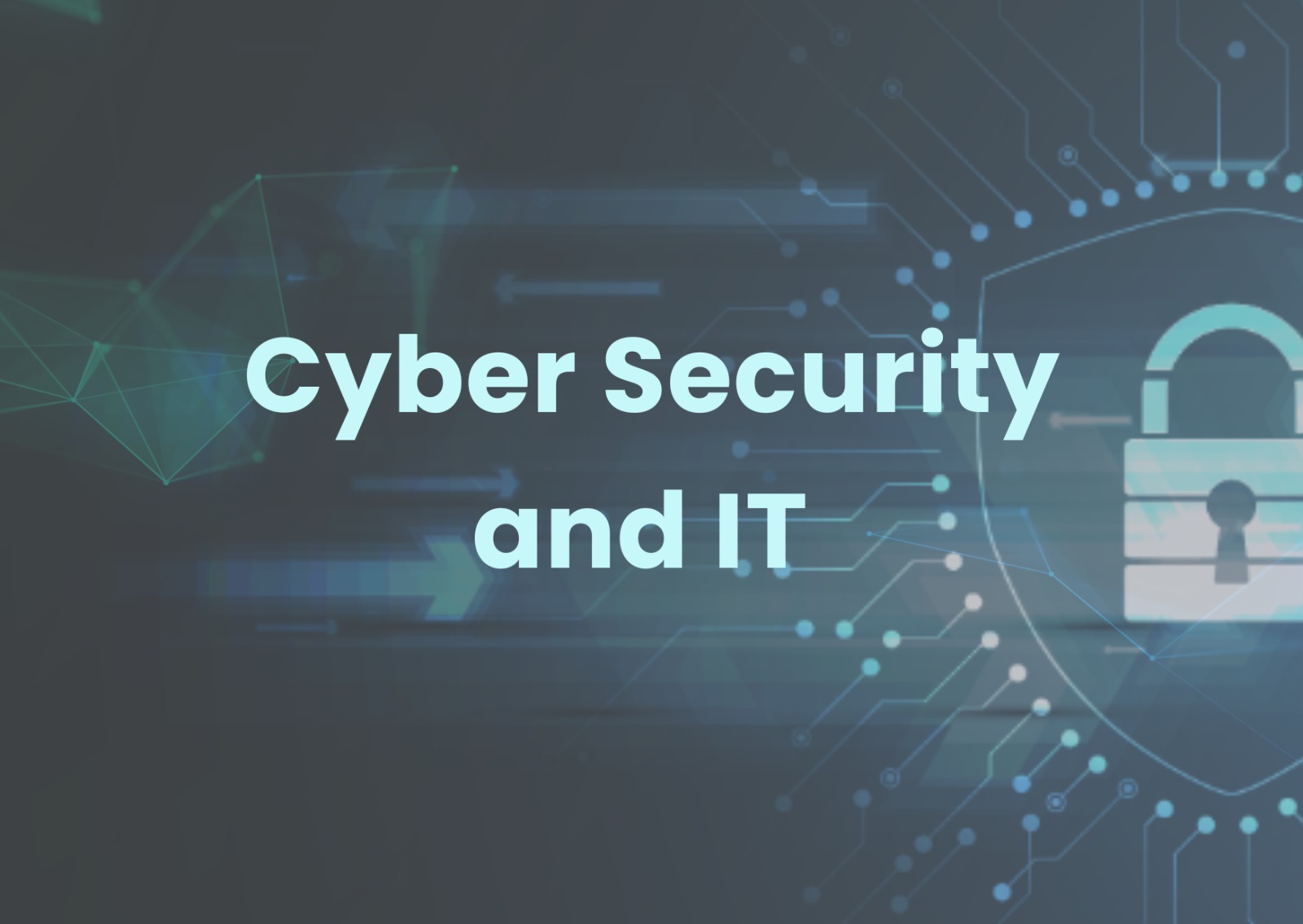"Defend Your Digital Frontier: Expert Cybersecurity Solutions"
Cybersecurity encompasses a range of practices, technologies, and measures designed to protect computer systems, networks, and data from unauthorized access, data breaches, and malicious attacks. It involves implementing strategies to prevent, detect, respond to, and recover from cyber threats to ensure the confidentiality, integrity, and availability of digital assets.
Risk Assessment and Management: - Organizations conduct risk assessments to identify potential vulnerabilities, threats, and risks to their systems and data. This involves evaluating the likelihood and potential impact of cyber threats and developing risk management strategies to mitigate those risks.
Network Security: - Network security focuses on protecting computer networks from unauthorized access and threats. This includes implementing firewalls, intrusion detection and prevention systems, secure configurations, and encryption to secure network communications.
Endpoint Security: - Endpoint security involves securing individual devices (e.g., laptops, desktops, mobile devices) against cyber threats. This includes installing and updating antivirus software, endpoint protection tools, and implementing measures like device encryption and strong password policies.
Data Protection and Encryption: - Data protection measures aim to safeguard sensitive and confidential information. Encryption techniques are used to secure data both in transit and at rest, ensuring that even if data is intercepted or stolen, it remains unreadable without the decryption key.
Access Control and Authentication: - Access control mechanisms ensure that only authorized individuals can access systems, networks, and data. This involves implementing strong authentication methods, such as multi-factor authentication (MFA), role-based access controls (RBAC), and least privilege principles.
Security Awareness and Training: - Cybersecurity awareness and training programs educate employees about best practices, security policies, and potential threats. This helps create a security-conscious culture within the organization and empowers individuals to detect and respond to cyber threats effectively.
Incident Response and Recovery: - Incident response plans outline procedures for detecting, responding to, and recovering from cyber incidents. This includes timely incident detection, containment, eradication of threats, and restoring systems and data to normal operation. Regular testing and drills ensure that response plans are effective.
Security Monitoring and Threat Intelligence: - Continuous monitoring of systems, networks, and applications helps identify potential security breaches or abnormal activities. Threat intelligence tools and services provide real-time information about emerging threats, vulnerabilities, and attack vectors, helping organizations proactively protect against potential cyber attacks.
Compliance and Regulations: - Compliance with industry-specific regulations, such as GDPR or HIPAA, is crucial for organizations handling sensitive data. Compliance measures include implementing security controls, conducting audits, and adhering to privacy and data protection requirements.
Security Incident and Event Management (SIEM): - SIEM systems aggregate and analyze security event logs from various sources to detect and respond to security incidents. They provide real-time visibility into the security posture of the organization and enable prompt incident response.
Cybersecurity is a critical concern for organizations of all sizes and across industries. Implementing comprehensive cybersecurity practices helps protect against cyber threats, safeguard sensitive information, maintain business continuity, and build trust with customers and partners. By adopting a proactive approach to cybersecurity, organizations can minimize the risks associated with cyber attacks and ensure the long-term security of their digital assets.
